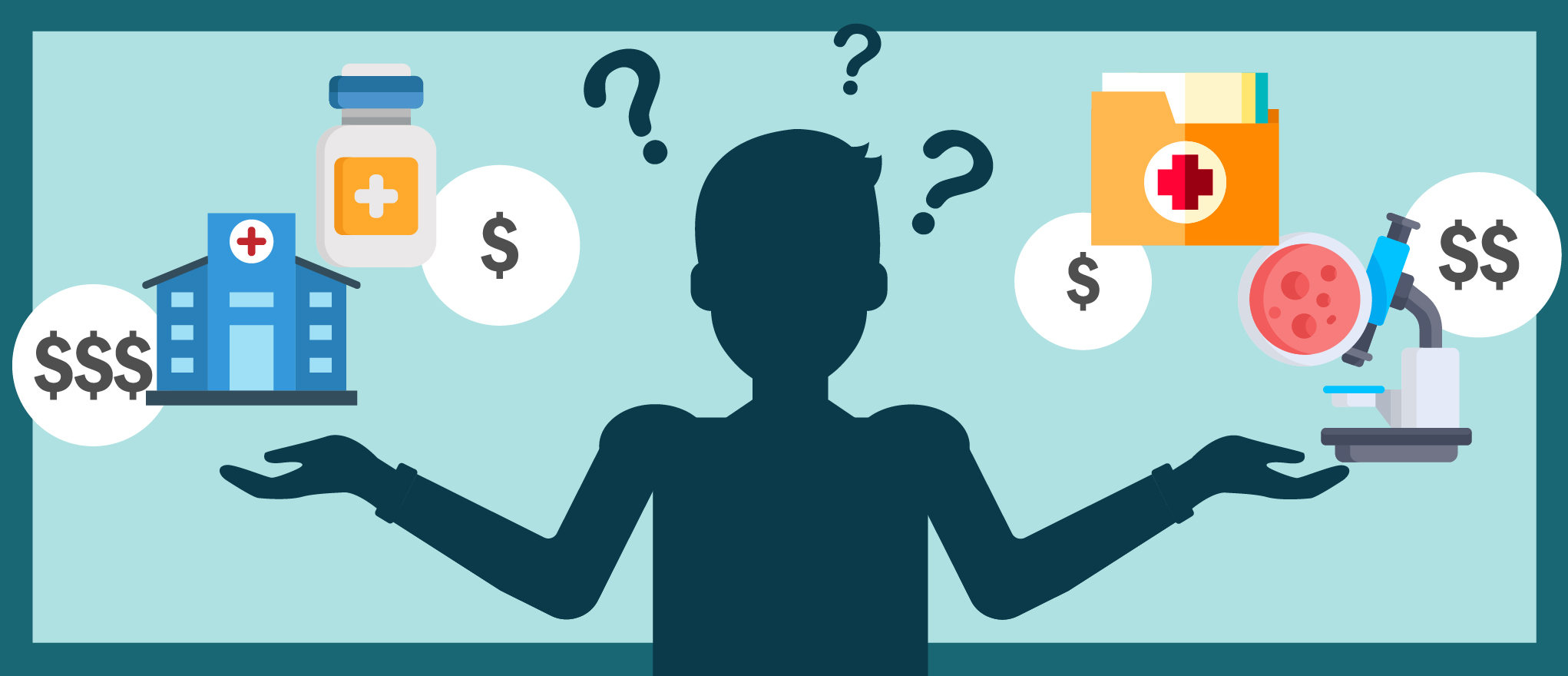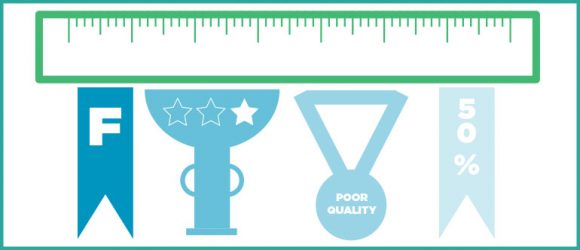New Hospital Price Transparency Rules Bring Confusion for Consumers

As of January 1, 2019, hospitals are now required to post their prices online. The goal of this federal rule is to encourage transparency and help patients avoid sticker shock when they receive a bill after hospital services and ultimately empower the consumer and bring down prices. However, a recently published article in the New York Times says “It’s turning into a fiasco.” Consumers who are searching for hospital prices online may still be scratching their heads for a number of reasons:
- Hospitals can choose the format for which they present the data (as long as it is machine-readable, i.e., Excel) and they must list all items and services provided. Chargemasters are lists that detail the official rate charged by a hospital for individual procedures, goods and services. Essentially, they are a hospital’s “list price” – the highest prices that anyone would ever pay, but also almost never do. Often, they can be huge spreadsheets with thousands of line items and codes that a patient usually cannot make sense of.
- Comparisons are not always apples-to-apples. Different hospitals use different terminology for their services. This makes it nearly impossible for consumers to compare prices from hospital to hospital.
- Insurers have different negotiated prices for each procedure. And each insurer has different plans that cover different amounts for patients. This makes it tough for consumers to determine what they will end up paying out of pocket, since what an individual pays to a hospital is based largely on what their insurer covers.
- Chargemasters don’t need bundle all of their “a la carte” services that go into certain procedures such as blood tests, medicines dispensed, facility fees and physician’s charges. This makes it even harder to assess the overall total cost.
You may remember that in 2014, we wrote about hospitals, chargemasters, price transparency and how it can help or harm a hospital’s brand. At that time, our advice was to take the lead on price transparency by cleaning up chargemaster costs or providing invoices that show clear, consistent and consumer-friendly cost information. Such measures could both protect your brand and yield positive long-term benefits for both providers and customers.
Fast forward to 2019. Price transparency is now a law; hospitals must post their prices online. Ahead of this mandate, a study from PMMC found that 92% of providers surveyed were “somewhat” or “very” concerned with perception of their charges by consumers. When asked how they planned to address the mandate, 43% said they were unsure how to do so, 29% said they planned to post additional information alongside their chargemaster, and 22% said they would post their chargemaster only. According to coverage of this new rule, this article in Patient Engagement HIT quotes CMS Administrator Seema Verma who says that this rule is an “important first step” in price transparency and that hospitals can do more.
There are definitely steps that hospitals can take to help become more transparent and patient-centered. The American Hospital Association (AHA)‘s price transparency toolkit provides some great suggestions for hospitals including a self-assessment of their price transparency to “determine how well your organization communicates price information to interested consumers” along with training all staff who interact with patients on general pricing policies and where patients can go for questions. Mapping a patient’s buyer journey can go a long way toward providing more meaningful information that can be “tailored to the individual consumer” such as costs for out-of-pocket care (whether insured or not), links to insurance company information including applicable discounts and information on coinsurance and deductibles. It’s also important to be aware of how your hospital compares to other sites of care beyond just other hospitals from ambulatory service centers to walk-in clinics and beyond in terms of price accessibility and usefulness of information. Additionally, the AHA toolkit provides a list of case examples and sample web-based tools out there that allow consumers to find price estimates.
Though it may be difficult, taking steps to improve healthcare price transparency will ultimately lead to better patient satisfaction, improved brand reputation and long-term benefits for hospitals and health systems.









